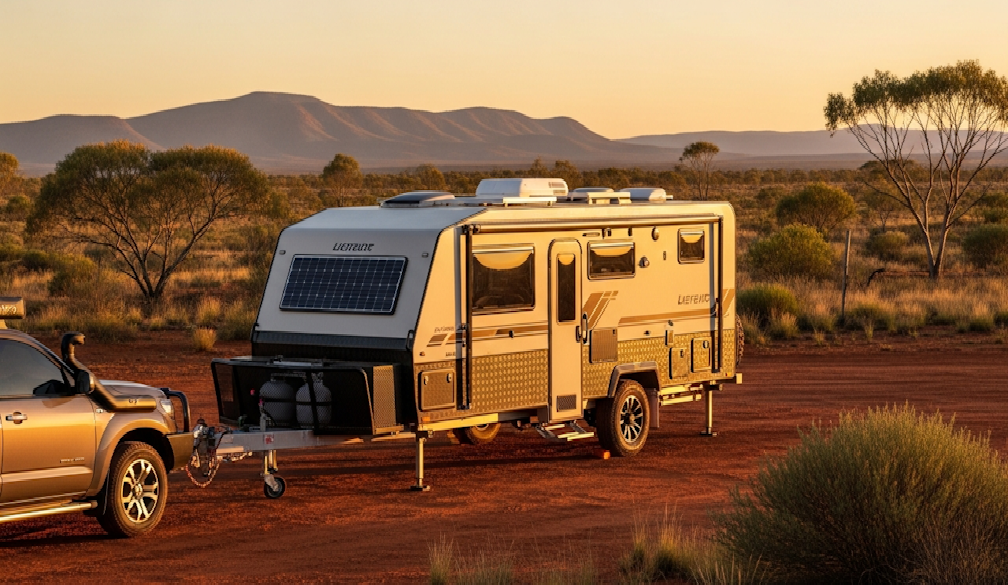Twice in recent times the Liberals have faced an existential crisis over climate and energy policy: in 2009 over Kevin Rudd’s Carbon Pollution Reduction Scheme, and in 2018 over the National Energy Guarantee, a plan to reduce emissions while maintaining reliability at lowest cost.
In each case the party was led by Malcolm Turnbull, first as opposition leader and then as prime minister. Both times, Turnbull suffered a mortal blow to his leadership.
Looking back to the 2018 crisis, the now leader Sussan Ley told the ABC’s Nemesis program after the 2022 election, “unfortunately Malcolm couldn’t unite the joint party room on energy policy and we had a breakaway group in the Nationals who made a strategic decision to blow this up and that was very unfortunate”.
It wasn’t only the Nationals. Andrew Hastie, now again railing over climate policy, told the program he’d threatened to cross the floor over Turnbull’s policy.
The damage done by these battles must live in the memory of today’s Liberal parliamentarians. At least you’d think so. Perhaps not. Descriptions of their current shambles come to mind. Lemmings over the cliff. Dogs returning to their vomit. Some in the Coalition might reflect on the full biblical quote of the latter: “as a dog returns to its vomit, so fools repeat their folly”.















